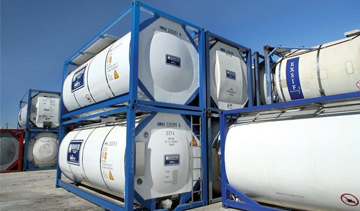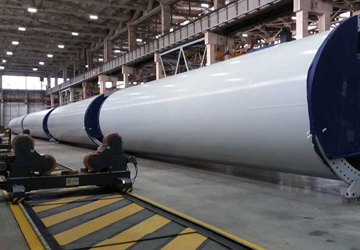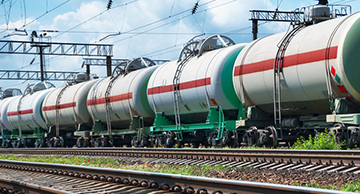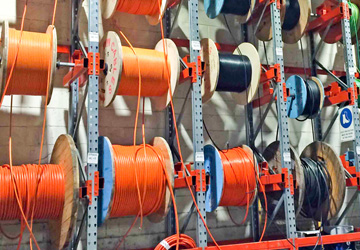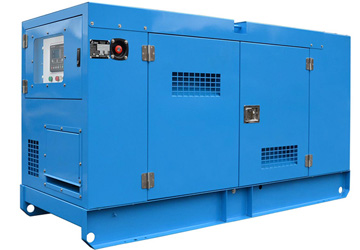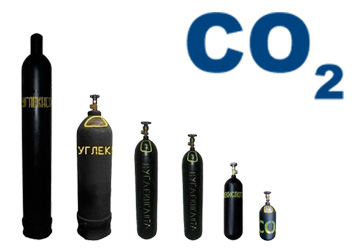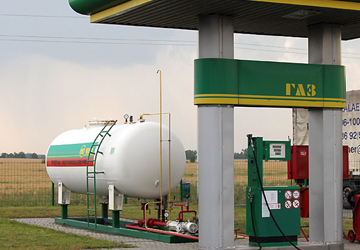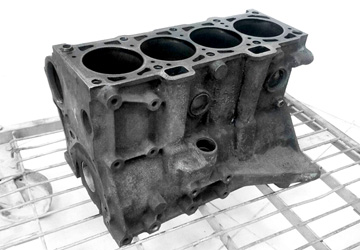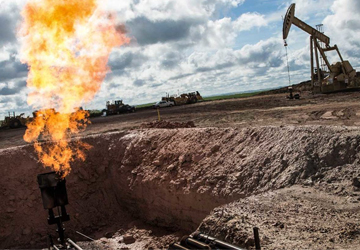1. Assessment of the current situation in the Caspian zone
1.1. The economic situation in the Caspian zone (the main historically established cargo flows).
1.2. Overview of freight traders in the IDC and the Russian part of the Caspian basin (ex-imperial) in the context of countries over the past 10 years
- Sure
- grain and oilseed
- Other
2. detailed analysis of cargo flows of the main types of products:
- Grain
- wood
- Metal
- Paper
- Containers
- Equipment
Data format for each type of product
2.1. Russian production and export of products from the territory of the VDB and Caspian
2.2. Export of products from the territory of the VDB and the Caspian in the context of the ports
2.3. The structure of export of products from the territory of the VDB and the Caspian in the context of the type of domestic transport to the point of the transshipment (railway/auto/river)
2.4. Companies that export products using river and sea transport from the territory of the VDB Caspian
2.5. The availability of transport problems for exporters of products from the territory of the VDB and the Caspian (interest in the use of Buzan-port terminals)
2.6. Identification and characteristics of the terminals for the transshipment of these products (river and sea) in the territory of the VDB and the Caspian (strengths/weaknesses)
3. Competitive environment
3.1. Review of the largest ports of the Caspian Sea (location on the map, scale of activity)
3.2. Overview of the largest ports of the Volga-Don basin (location on the map, scale of activity)
3.3. Review/Analysis of the infrastructure of the main current competitors in the Caspian region
- Port Astrakhan
- Port Olya
- port of Makhachkala (except oil)
Data format on the main current competitors
- a list of stivore and transportation services provided
- power on the transshipment of goods and their parameters (length, depth, power): open/closed storage gas loads, role -players, grain terminals, forest terminals, terminals for negatarite cargoes and equipment, etc.)
- The volume of cargo transshipment in 2012-2015. in the context of cargo types and destination countries
- financial indicators of port activities (revenue, profit, profitability, etc.)
4. Conclusions on the planned list and overload volumes to Buzan-port
4.1. The current share of the Buzan port on the market of transport services of each type of cargo (data on the current volumes of transshipment of each type of cargo are provided by the customer)
4.2. Assessment of the potential volume of transshipment of each type of cargo until 2030 through the Buzan port, taking into account trends in increasing/decreasing the volume of cargo transshipment in the territory of the VDB and the Caspian in general and the potential for "interception" of the traffic flows of other ports.
5. The current infrastructure of the port of Buzan
5.1. The climatic conditions of the port
5.2. Port transport approaches (presence, location, distance from each other, pr. Information)
- Automobiles.
- Railway approaches.
- river approach (not year -round/year -round).
- Infrastructure for working with state bodies.
6. The future infrastructure of the port of Buzan
6.1. Description of the potential infrastructure of the Buzan Port, taking into account such factors as: the potential volume of cargo transshipment and equipping the main competitors for each site (power, parameters)
- Grain terminal.
- a platform for the carrier gene (metal, wood, Big-begs).
- Covered warehouses.
Container site.
6.2. Assessment of the potential volume of investments for the reconstruction of the Buzan Port on the basis of investment parameters of similar objects (ports, river terminals)
7. Risk assessment and their minimization
7.1. Identification of the risks of the implementation of the project (reconstruction of the Buzan-port) (in the p.O. on the lack of loading of the capacities for the transshipment of each type of product)
7.2. Search for alternative ways to load (for example, analysis of oncoming import streams from the main countries of counterparties)

















